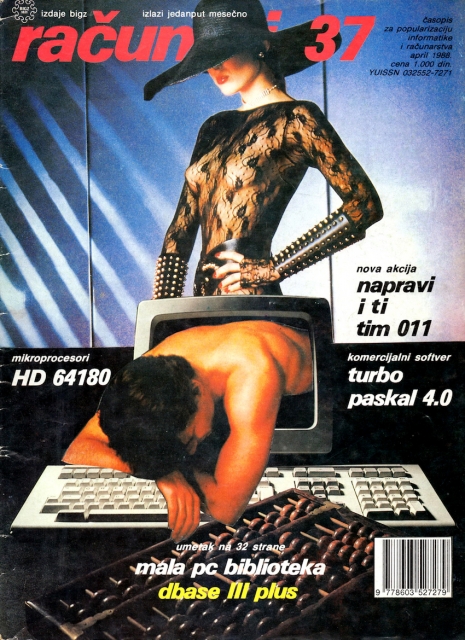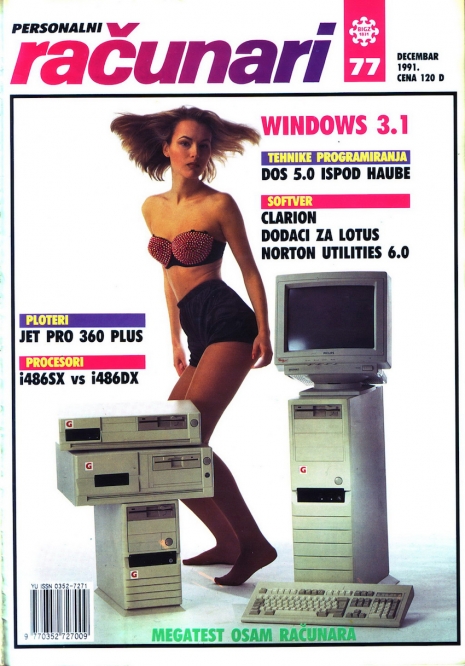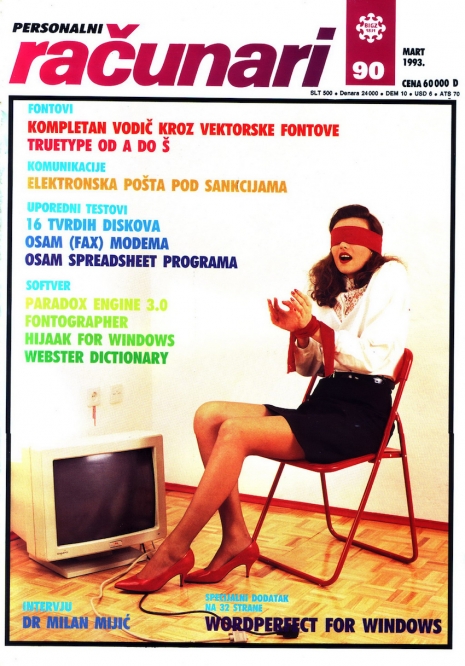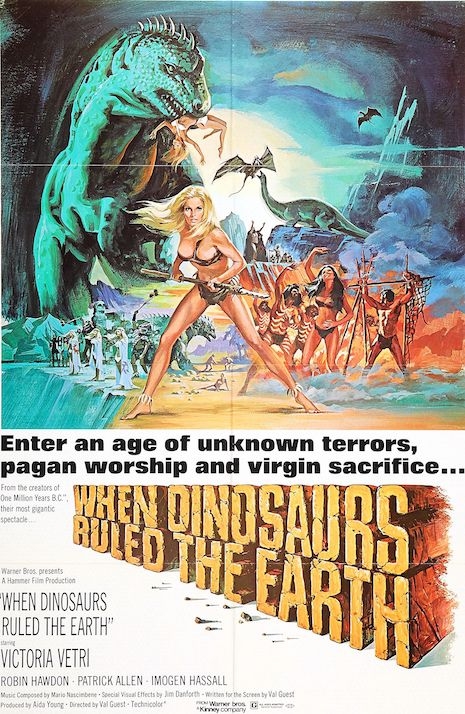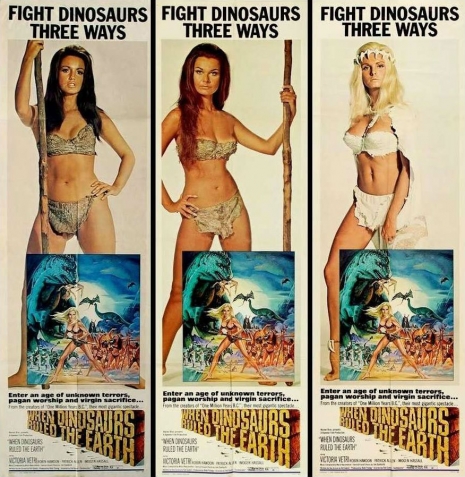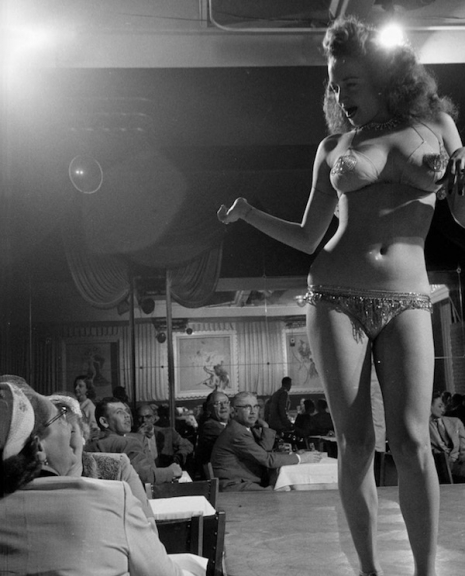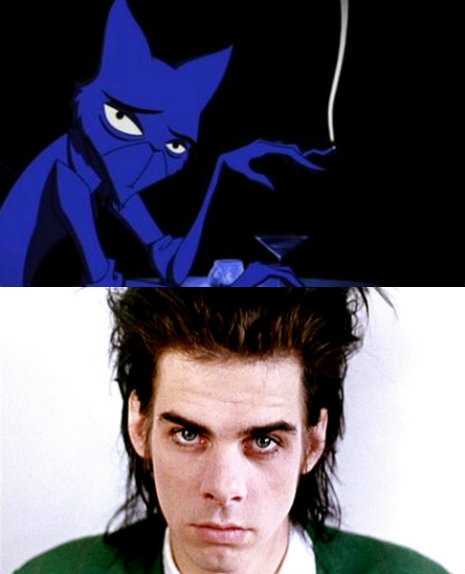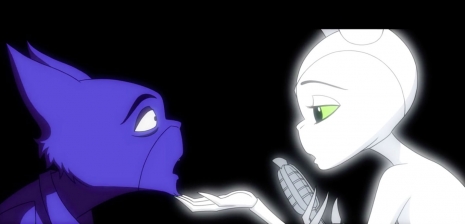
In the September 1989 issue of SPIN magazine, Sonic Youth’s Kim Gordon interviewed LL Cool J to get a feminist perspective on the male-dominated world of hip-hop. The result was an awkward and unintentionally hilarious conversation that served as the inspiration for the 1990 song “Kool Thing” (which was Sonic Youth’s first major label single). At the time, LL was promoting his third studio album, Walking with a Panther, the cover which depicted the rapper posing alongside a cuddly and adorable black panther sporting gold chains.
“I had a thing for male Black Panthers, I also loved LL Cool J’s first record, Radio, which was produced by Rick Rubin.” Kim recounts in her memoir Girl in a Band. She had said publicly that Radio was one of the albums that turned her on to rap music, and that “Going Back to Cali” was one of her favorite music videos because as someone who grew up in L.A. she appreciated “the humorous way it made fun of the 1960s archetypal Southern California sexy white-girl aesthetic.” LL’s publicist couldn’t believe that anyone in Sonic Youth knew about LL Cool J and happily granted an interview which took place during a rehearsal break for an upcoming tour. “I’ve never interviewed a pop star before, and having just seen LL on The Arsenio Hall Show I’m nervous.” Kim prefaced in the SPIN magazine interview titled “Meaty Beaty Big and Bouncy.”
“When I — the Lower East Side scum-rocker, feeling really, really uncool — arrive at the rehearsal studio, the dancers are taking a break. They’re real friendly; we talk about my shoes for a second. They are three girls — one of whom, Rosie Perez, is in Spike Lee’s Do the Right Thing — and a young boy. A bunch of other people are just hanging out. LL is preoccupied talking to some stylists, gesturing about clothes. Occasionally he shoots a look my way; I have no idea if he’s expecting me or he’s just looking at my out-of-place bleached blonde hair. LL slowly approaches, checking me out but stopping to talk to friends. I jump up, walk over, grab his hand, introduce myself and say, ‘Can I shake your hand?’ He’s aloof. I marvel how boys who’re tough or cool to cover up their sensitivity keep attracting girls and fooling themselves.” Kim and LL sat down at a nearby empty studio and she began the interview by asking him to sign her Radio CD. She then gave him a copy of Ciccone Youth’s The Whitey Album (a pseudonymous side project of Sonic Youth and Minutemen/Firehose member Mike Watt). When she told LL Cool J that The Whitey Album sampled beats off his records he laughed out loud and said, “I got a CD in a couple of my cars, I’ll play it.”
They began discussing sports cars and LL’s newly purchased home he called “Wonderland,” as LL flipped through The Whitey Album CD packaging. He pulled out and unfolded an insert which featured a photograph of a young girl with dozens of black & white flyers for hardcore shows plastered all over her bedroom wall. “Who’s this girl? It must have been a long time ago for it to say The Negroes.” LL mistook a flyer he noticed for Necros (a punk band from the Detroit music scene.) “That’s the Necros, an early hardcore band. Are you familiar with the early hardcore scene?” “Uh-uh, what is that, like heavy metal?” “No, not at all! It was basically kids talking to other kids. The Beastie Boys were part of that. I remember when they were a hardcore band.” LL processes the information and then quips, “The Young and the Useless?” (referring to an early 1980s punk band that included future Beastie Boys member Ad-Rock, and so, cool points for LL Cool J). “That was another band. The Beastie Boys had their same name when they were a hardcore band. Hardcore was so fast that if your ears weren’t attuned to it you couldn’t understand it. It wasn’t meant for anyone outside the scene. Like rap music, some of it is so fast, unless you’re familiar with the slang you can’t get it. That’s why so many people who were into hardcore listen to rap. It’s something that excludes white mainstream culture.” Gordon explained. “That’s interesting, I never really knew anything about that.” Cool J said.
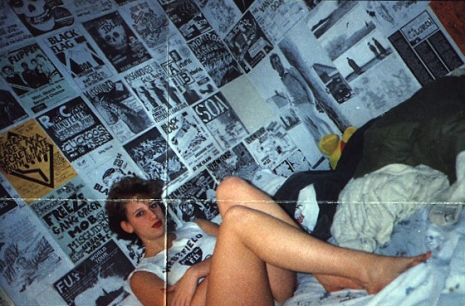
Photo from Ciccone Youth’s The Whitey Album CD insert fold-out
While Kim Gordon’s connecting the dots between hip hop and the early hardcore music scene made for a great start to the interview, things then took a dive when she asked him about the females fans who admire him. “What about women who are so into you as a sex object that they take a picture of you to bed with them and their boyfriends or husbands start freaking out?” “It’s not my problem,” LL responded. “The guy has to have control over his woman.” Gordon plays along without confronting LL Cool J about his misogynist comments. “Are there any female sex symbols that you relate to?” Kim asks, “Oh yeah, every day on the way to work.”
“It was totally ridiculous for me to assume that we had anything in common” Gordon later admitted in a 1991 telephone interview with the Phoenix New Times. “That’s why I tried to make the article show how elite and small the downtown scene that I come out of is. I was trying to make fun of myself. I don’t know if that came across.” Six months after the interview was published, Sonic Youth recorded the song “Kool Thing” at Sorcerer Sound Recording Studios in New York City. Although LL Cool J’s name is never mentioned, the song’s lyrics contain several references to the rapper’s music. Kim Gordon sings “Kool Thing let me play it with your radio” (a reference to LL Cool J’s single “I Can’t Live Without My Radio”). The lyrics “Kool thing walkin’ like a panther” are a reference to the LL Cool J album Walking With a Panther. She repeats the line “I don’t think so” over and over again which is also a repeating line in the LL Cool J hit “Going Back to Cali.”
Elissa Schappell, author of the short-story collection Blueprints for Building Better Girls, perfectly summarizes the clash between Gordon and Cool J in an essay she wrote for the anthology book Here She Comes Now: Women in Music Who Have Changed Our Lives:
“Kim was able to take the disastrous interview and elegantly turn it into something much larger than its parts. Working at SPY I was used to putting myself into the path of trouble, and when it found me I took notes. Kim had taken notes and then transformed the experience into a sharp and witty social critique of gender, race and power that you could dance to. ‘Kool Thing’ is more than Kim’s assault on LL Cool J’s ego, but a self-mocking jibe at her own liberal politics. The sarcasm in her voice when she addresses ‘Kool Thing’ (Public Enemy’s Chuck D) in the breakdown is self-mocking — the female voice inflated by privilege and naïveté. (‘I just wanna know, what are you gonna do for me? I mean, are you going to liberate us girls from the white male corporate oppression?’)
More after the jump…







